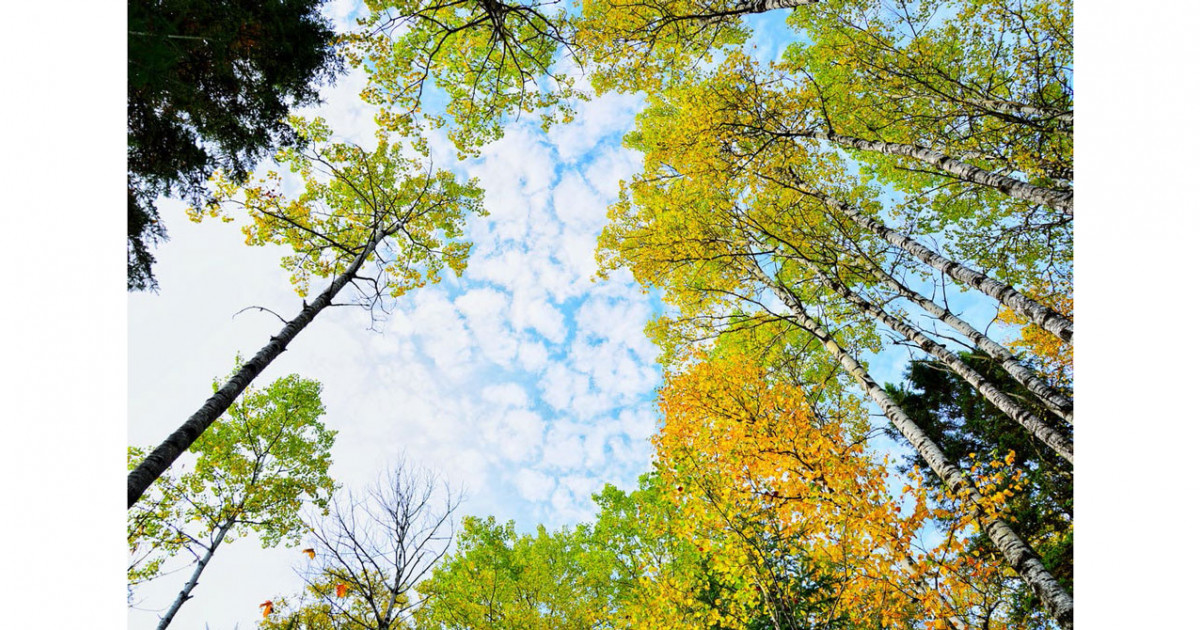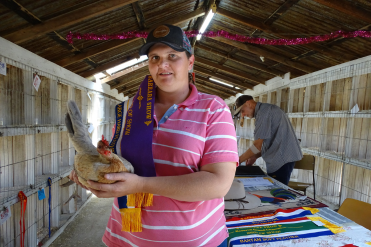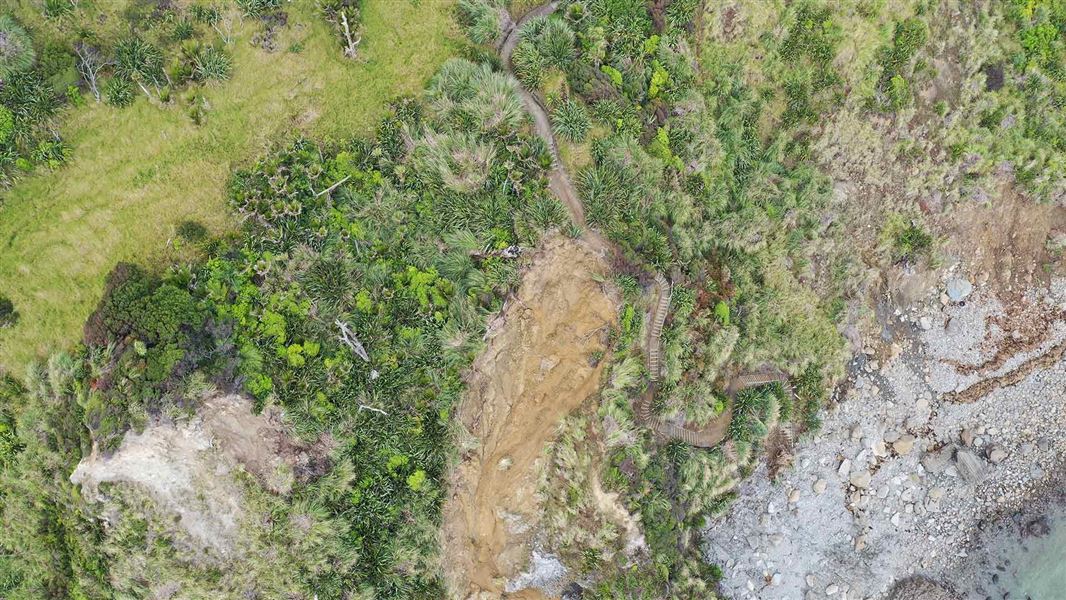The ACT Government is trialling a new European wasp (eWasp) trapping program to help lower the number of eWasp queens before they can establish new nests.
With the onset of warmer weather and more people exercising outdoors as part of their daily exercise under current public health directions, the new program will help minimise the impact of increased wasp numbers over summer.
Specialised eWasp queen bait stations have been placed in various locations across Canberra including Molonglo River, Giralang Pond, Kingston Foreshore, Weston Park, Franklin Pond and Yarralumla Creek.
“With spring upon us, eWasp queens are coming out of hibernation in search of carbohydrates and a suitable site to establish nests,” CoreEnviro Solutions Senior Pest and Weed Officer, Jim Bariesheff said.
“One eWasp queen can produce thousands of workers and hundreds of next generation queens in a colony over several months. Their nests are often hidden with the most common nesting sites in wall cavities, holes in the ground, roof voids, retaining walls and in conifer trees.
“The new product, Vespex from Sundew, is a chemical-free carbohydrate that lures the eWasps to the station where the queens become trapped in the product and removed from the environment.”
Mr Bariesheff reminded the community that eWasp nests and bee swarms can be reported to the eWasp hotline.
“It is recommended that established nests are treated by a qualified pest controller to avoid any possible stinging incidents and to ensure the nest is properly controlled,” Mr Bariesheff said.
“Canberrans have done a fantastic job with reporting eWasp nests with 1,111 reported to the hotline over the past year.
“Since September 2021, members of the community have also helped identify 11 cases of bee swarms to the eWasp hotline in areas on residential land, footpaths, nature strips and in parks.
“If stung by a wasp or bee, a cold pack may be used to relieve the pain. If there is evidence of a more severe reaction or the stung individual is known to be allergic to wasp and bee stings, medical attention should be sought immediately.”






